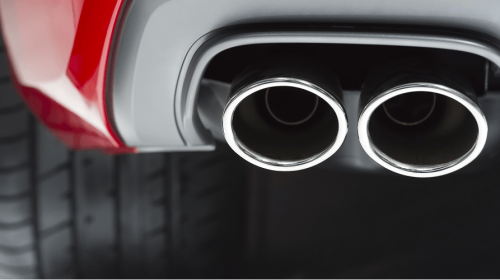Buying a used car can be a cost-effective way to own a vehicle, but it requires careful planning and smart decision-making. Unlike new cars, used vehicles come with varying histories and conditions, which makes research and vigilance critical. Here’s a comprehensive guide to help you navigate the used car buying process with confidence.
Determine Your Budget
Before starting your search, define how much you can afford to spend. Consider not only the purchase price but also additional costs such as insurance, taxes, registration, and future maintenance. If you’re financing the vehicle, determine how much you can afford in monthly payments and check your credit score to understand your loan options.
Identify Your Needs
Think about how you’ll use the car. Do you need something fuel-efficient for commuting, or a larger SUV for family trips? Consider the features that matter most to you—such as cargo space, fuel economy, safety ratings, or all-wheel drive. Having clear priorities will help narrow your options.
Research Reliable Models
Not all used cars are created equal. Some makes and models are known for longevity and low maintenance costs, while others may have frequent mechanical issues. Use resources like Consumer Reports, J.D. Power, and online forums to find vehicles with a strong reputation for reliability and low ownership costs.
Shop from Trusted Sources
You can find used cars at dealerships, independent sellers, certified pre-owned (CPO) programs, and online marketplaces. Each has its pros and cons. Dealerships often offer warranties and certified options, while private sellers might offer lower prices. Regardless of the source, verify the vehicle’s history and legitimacy.
Check the Vehicle History Report
Always ask for a vehicle history report from services like Carfax or AutoCheck. These reports can reveal crucial information such as accident history, service records, title status, and mileage inconsistencies. Avoid vehicles with salvage titles or signs of serious past damage.
Inspect the Car Thoroughly
Before buying, inspect the car carefully in daylight. Look for signs of rust, mismatched paint, uneven tire wear, and fluid leaks. Check that all lights, electronics, and features work properly. A clean and well-maintained interior is often a good sign of overall care.
Take a Test Drive
A test drive is essential. Evaluate how the car accelerates, brakes, and handles at different speeds. Listen for any unusual noises and note how comfortable and intuitive the controls feel. Pay attention to visibility, blind spots, and the condition of the suspension on rough roads.
Get a Professional Inspection
Even if the car seems fine, it’s wise to have it inspected by an independent mechanic. A professional can identify hidden issues that may not be apparent during a test drive. This small investment can save you from expensive surprises down the road.
Negotiate the Price
Most used car prices are negotiable. Use your research on market values and any issues identified during the inspection to justify your offer. Be respectful but firm, and don’t be afraid to walk away if the deal doesn’t feel right.
Finalize the Paperwork
Once you agree on a price, ensure all paperwork is in order. Verify the title is clean and in the seller’s name. Complete a bill of sale, confirm the odometer reading, and handle any transfer or registration requirements according to your local DMV guidelines. If financing, review the loan terms carefully.
Conclusion
Buying a used car can be a smart financial decision if done correctly. By taking a systematic approach—setting a budget, researching thoroughly, and performing due diligence—you can avoid pitfalls and drive away with a vehicle that fits both your needs and your wallet. Remember, patience and preparation are key to making a smart used car purchase.








